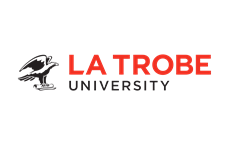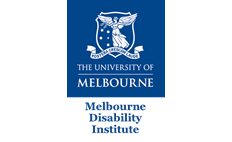Progression of Postural Asymmetry in Young Adults With Cerebral Palsy Who Are Not Walking: An Exploratory Study
- Published
- Thursday, December 31, 2020 - 12:01 PM
Holmes C, Brock K, Morgan P. Progression of Postural Asymmetry in Young Adults With Cerebral Palsy Who Are Not Walking: An Exploratory Study. Pediatr Phys Ther. 2021;33(2):E94-E8. DOI: 10.1097/PEP.0000000000000787
Many adults with cerebral palsy who are reliant on wheelchairs for mobility experience significant changes to their muscles and joints over time. These changes commonly affect the rib cage, spine, pelvis and hips causing difficulty with sitting in wheelchairs, lying in bed, and reduced function. We do not know how rapidly these changes to the muscles and joints occur in adults or if the changes become relatively stable in adults.
This exploratory study investigated postural change, most specifically to the ribcage, pelvis and hips, over an 18 month period. Posture of the ribcage, pelvis and hips was measured by a physiotherapist using the Goldsmith Indices of Body Symmetry. This is a clinical measurement tool providing objective information on the changes to the ribcage, pelvis and hips that are observed in many adults with CP who have very limited ability to change their own position and are thus in one position for extended periods of the day and night.
The study included 10 non-ambulant adults with cerebral palsy and indicated that changes to the muscles and joints of the ribcage, pelvis and hips had already occurred prior to study onset and was generally stable over the 18 month period. The most common posture among the participants was “windsweeping” of the hips where both legs fall to one side of the body and are unable to be brought back to a symmetrical or midline position, with associated changes to the rib cage and pelvis. More sudden changes to posture across the time period were associated with acute pain or injury (for example). For a person reliant on a wheelchair for mobility these changes can have a significant impact on their ability to function and participate in activities of their choice.
This study highlights the importance of lifelong measurement of changes to the muscles and joints and that the Goldsmith Indices of Body Symmetry can be used by therapists to provide this vital information to monitor posture and guide therapy.
Dr. Carlee Holmes is a senior physiotherapist at the Young Adult Complex Disability Service, St. Vincent’s Hospital Melbourne and a research associate with the CRE CP Achieve. Professor Prue Morgan is Head of Physiotherapy at Monash University and a CRE CP Achieve investigator. Dr Kim Brock is a senior research physiotherapist and clinician at St Vincent’s Hospital Melbourne. Carlee Holmes completed this study as part of a PhD with Monash University.













